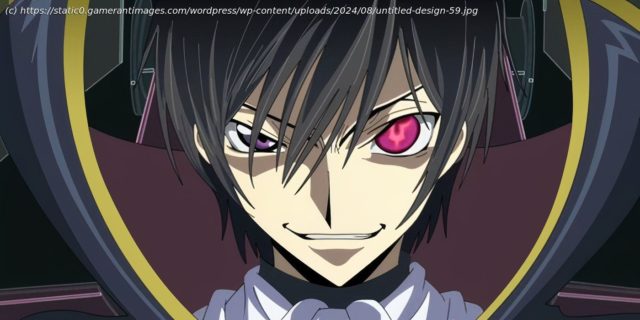Here’s how Code Geass sequels and movies failed to match the original’s brilliance, sacrificing depth for fan service and rehashed plots.
When Code Geass first burst onto the anime scene in 2006, with its blend of mecha action, political intrigue, and psychological warfare, nobody expected it to achieve such critical success. The tale of Lelouch Lamperouge, an exiled prince turned masked revolutionary, somehow scratched an itch that even series like Death Note couldn’t satisfy.
Set in an alternate world where the Britannian Empire (inspired by the British Empire) dominates much of the globe, including Japan, Code Geass wove a complex narrative of rebellion, personal vendettas, and the corrupting nature of power.
The original series, which concluded in 2008, left an indelible mark on not just the anime landscape, but also its viewers. Its wild success spawned a franchise that included several sequels and movies, such as Akito the Exiled, Lelouch of the Resurrection, and Roze of the Recapture.
These follow-ups aimed to expand the Code Geass universe and capitalize on the fervent fanbase the original had cultivated. But despite the franchise’s enduring popularity and the excitement surrounding each new release, these sequels and films have largely failed to recapture the magic that made the original Code Geass a modern classic. Why Code Geass Is Considered A Mecha Masterpiece
In as few words as possible, Code Geass is a masterclass in storytelling that stays fresh on your mind long after the final credits roll. The series‘ brilliance is not just in its plot, but in its ability to challenge viewers‘ moral compasses at every turn.
The show doesn’t shy away from asking tough questions: Can evil deeds be justified if they lead to a greater good? Is rebellion merely a cycle that replaces one tyrant with another? Lelouch is meant to fit the archetype of an anti-hero, but his character is much more dimensional than that. In fact, this applies to most of the characters we see in the series. At first, they’re all very obvious representations of clichés and tropes. But with each episode, it’s hard to ignore the fact that though they represent chess pieces, they are also characters with colorful lives.
Start
United States
USA — software How The Code Geass Sequels and Movies Failed the Original Franchise






